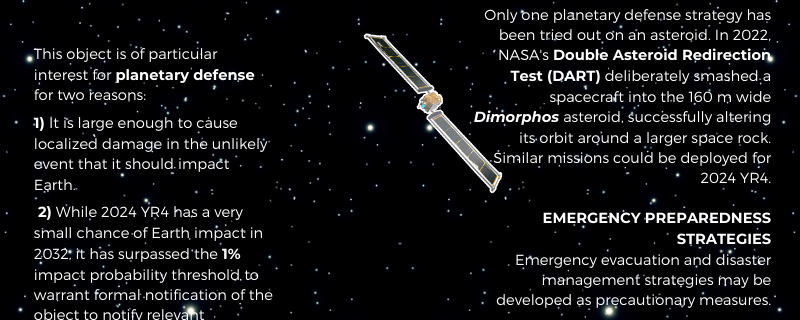Asteroid YR4 2024 is a near-Earth asteroid discovered in December 2024. It is an Apollo-type asteroid, which means it orbits the sun in an elliptical orbit that intersects the Earth's orbit. It made news earlier this year when the probability of YR4 hitting the Earth was raised to 3.1% in February 2025, warranting nations to take note.
A new review reveals that rising global temperatures, increased pollution, and extreme weather events are driving a global surge in eye diseases, disproportionately affecting vulnerable communities and challenging healthcare systems.
Roorkee/



